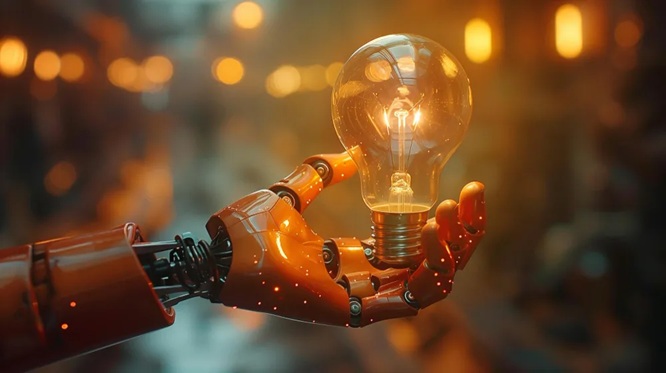
In today’s smart building revolution, artificial intelligence (AI) is quietly transforming one of the most overlooked aspects of facility design: lighting. While traditional lighting systems focus on simple automation, AI brings a new level of efficiency, personalization, and energy savings to commercial lighting control. Here are five powerful ways AI is reshaping how we light up our businesses:
1. Predictive Lighting Based on Occupancy Patterns
AI-powered systems can learn the daily habits of employees and customers within a building. Instead of relying on motion sensors alone, AI analyzes data from calendars, badge systems, and even weather forecasts to predict when and where lighting is needed.
🔹 Example: In an office building, AI might learn that a certain conference room is typically used every Monday at 10 AM, and preemptively adjusts the lighting accordingly — no motion sensor required.
2. Adaptive Lighting for Human-Centric Workspaces
AI adjusts color temperature and brightness throughout the day to align with human circadian rhythms. This enhances productivity, reduces eye strain, and promotes overall well-being.
🔹 Example: Cool, blue-toned light in the morning to promote alertness, followed by warmer tones in the afternoon to support focus and relaxation — all automatically adjusted by the AI.
3. Energy Optimization Through Smart Scheduling
Instead of static timers, AI analyzes real-time energy usage, occupancy, and daylight levels to optimize lighting schedules. This reduces energy waste and operational costs without compromising comfort.
🔹 Example: In retail stores, AI may dim lights near windows during peak daylight hours and shift brightness dynamically as cloud cover changes.
4. Automated Fault Detection and Maintenance Alerts
AI doesn’t just control light — it monitors it. Smart lighting systems with AI can detect flickering, degradation, or malfunctioning fixtures, and automatically alert facility managers or trigger maintenance tickets.
🔹 Bonus: Some systems can even predict fixture lifespan and suggest proactive replacements before problems occur.
5. Integration with Other Smart Building Systems
AI lighting platforms now communicate with HVAC, security, and access control systems. The result is a seamless, intelligent environment that responds holistically to human behavior and environmental conditions.
🔹 Example: Lights dim automatically when the security system detects a building is unoccupied, or brightness increases in response to a triggered emergency alarm.
The Bottom Line
AI is making commercial lighting not just smart — but intuitive. From maximizing energy savings to enhancing human experience, AI integration is quickly becoming the gold standard in modern building design

